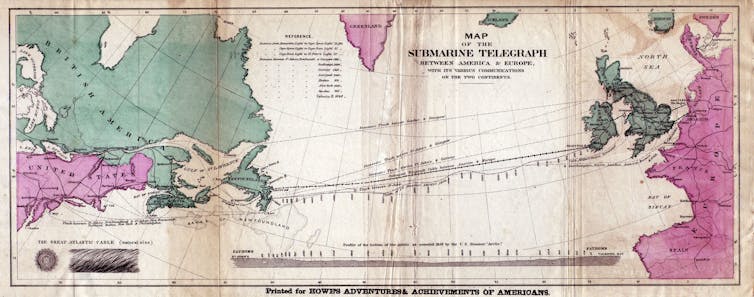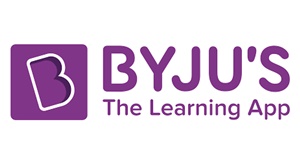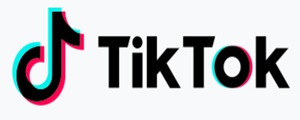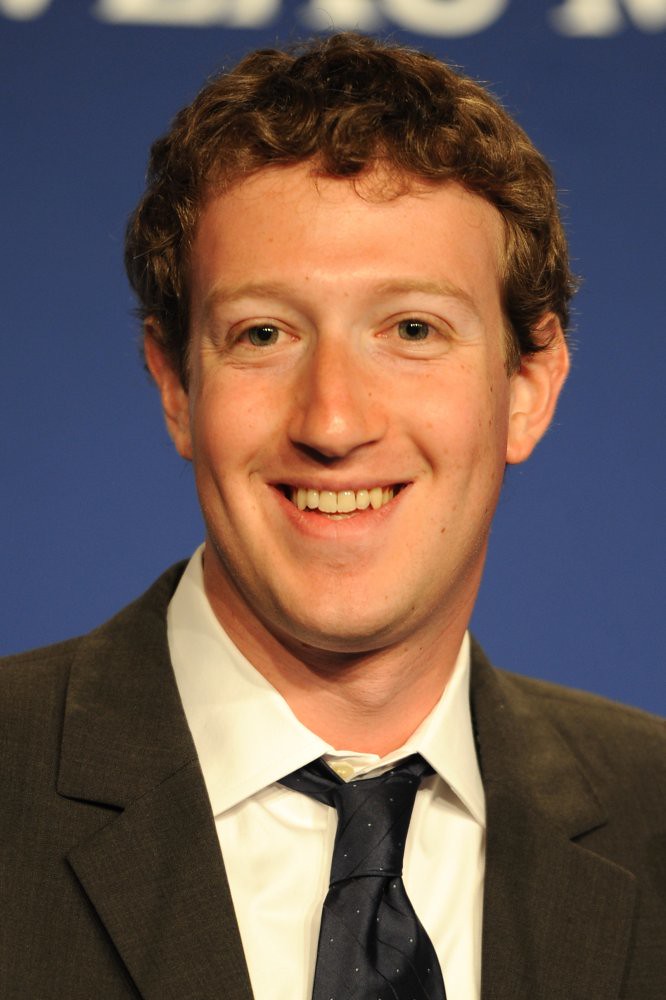The 2025 Australian Open (AO) broadcast may seem similar to previous years if you’re watching on the television. However, if you’re watching online via the official Australian Open TV YouTube channel you’ll encounter a distinctly different kind of coverage.
The channel’s “AO Animated” coverage looks more like a Wii Sports tennis match than a real one, with players’ physical forms replaced with virtual avatars.
Fans that have viewed the live streams are divided, with comments ranging from “This is the best kinda live” to “What the hell is this? Why can’t we watch normal? This is utterly ridiculous”.
So what’s the answer? Why can’t we watch normal?
How does it work?
The system that creates the AO Animated streams uses 12 cameras that track the silhouette of the players. This data is then fed into a system and stitched to 29 points on an animated character – the player’s graphical reproduction. The result is a live stream with a two-minute delay that includes commentary and sound from the court.
For those who have seen it, you’ll notice the system is far from perfect. There are glitches with the ball, racquets vanishing and reappearing, clothes changing or appearing to have holes, and fingers remaining straight when they should be gripping the racquet. As Tennis Australia’s director of innovation, Machar Reid, notes, “It’s not as seamless as it could be.”
Although AO Animated was introduced last year, it has only recently become a major talking point among tennis fans. Many learned about the animated live streams through an X post by tennis reporter Bastien Fachan, who points them out as a way for the Australian Open to sidestep limits placed by current media rights agreements.
Nine has paid A$425 million for a five year deal (until 2029) that allows the network the domestic linear and digital rights to the Australian Open and lead-in events, including the United Cup.
Internationally, the BeIN media group has the broadcast rights for 24 countries across the Middle East and North Africa, while ESPN has held the broadcast rights for the United States and Canada since 1984 (and will remain these rights until at least 2031).
Yet the AO has found a way to sidestep these exclusive media rights deals by using animated avatars on YouTube – a decision that raises several questions about the future of sports broadcasting and media rights deals.
Future media rights
As of when this article was published, the AO Animated video of Botic van de Zandschulp playing Alex de Minaur had more than 35,000 views. The most viewed match, with more than 160,000 views, was between Andrey Rublev and Joao Fonseca.
But these are paltry numbers compared to the 1.9 million Australians who tuned into Nine’s TV broadcast of the night session on day three (in which Botic van de Zandschulp played Alex de Minaur).
A closer look at the ratings also reveals it is overwhelmingly older Australians who are tuning in, with 838,000 viewers aged 25–54, compared to 414,000 aged 16–39. You might suspect younger Australian are streaming the tennis via Nine’s video-on-demand platform, but even here an older viewership dominates.
It’s possible many young people are turning to other platforms such as YouTube, which reportedly had almost 21 million active users in Australia in 2024 (almost 80% of the population). In this light, what looks like an effort by Tennis Australia to dodge media rights deals could also be viewed as an effort to reach new, younger audiences.
It seems Tennis Australia’s Machar Reid had this in mind. He told The Guardian the AO Animated videos were targeting the “community that engages with animated or virtual or gaming products”.
This strategy makes sense. Millions of young people are already hooked on YouTube’s huge selection of gaming content. For instance, last year videos related to the viral Roblox game Dress to Impress were viewed more than 4 billion times in the US alone, according to YouTube’s data.
Similarly, more than 645 million people in the United Kingdom watched videos related to the video game franchise EA Sports FC in 2024. This number was even greater in the Middle East and North Africa, at 950 million.
AO is not the first
The AO is not the first to live-stream sports matches in which players are animated. Last year, North America’s National Hockey League used player tracking technology to stream a “MultiVersus NHL Face-Off” game. The players of Colorado Avalanche and the Vegas Golden Knights were replaced with Warner Brothers characters including Batman, Bugs Bunny and the Scooby Doo gang.
The National Football League also recreated a simulation of a live game in which players from the Cincinnati Bengals and Dallas Cowboys were replaced by Simpson’s characters. The entire look and feel of the broadcast reflected The Simpsons.
These US-based examples, together with the recent AO Animated coverage, suggest animated simulations could play a larger role in future media rights deals – and could provide media rights holders unique marketing and collaboration opportunities.
In the future we may see an expansion of the AO Animated live streams. It’s possible the Mii-style characters could even be replaced with popular characters, similar to the examples above. Such a change would further enhance Tennis Australia’s ability to collaborate with its media rights holders, both domestically and internationally.![]()
Marc C-Scott, Associate Professor of Screen Media | Deputy Associate Dean of Learning & Teaching, Victoria University
This article is republished from The Conversation under a Creative Commons license. Read the original article.













